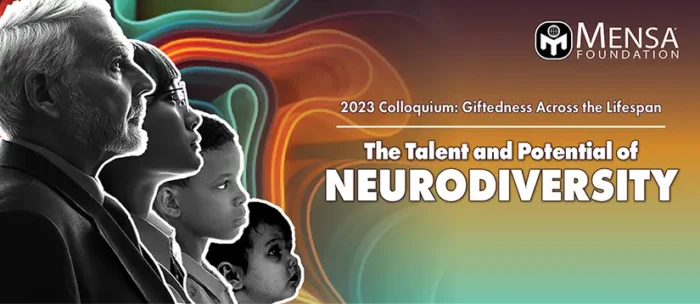After all of the cancellations and Zoom meetings, I’m happy to be working on the Nonparticipating Groups scholarships this year.
The number of Local Groups not participating has increased from last year, which was record-breaking. We’ll need more judges. Please consider volunteering.
We’d like members who are confident with grammar, spelling, and style. Many of our judges are teachers or work with the written word. But many also come from other walks of life. If you believe you have basic word skills, we’d be happy to accept you as a judge.
To sign up, send a message to volunteers@mensafoundation.org. You’ll get a reply that verifies that you’re signed up and will determine your schedule. Judging will last from Jan. 15 until late February.
The essays of 550 words or fewer discuss the students’ goals or college majors. Each judge receives a packet of about 50 essays with a scoresheet and scoring instructions and then has a few days to score the essays and return the score sheet. All of this happens via email.
These essays can be as dry and formulaic as you imagine. But some will move you. I often come away from judging feeling optimistic about the next generation, in spite of their Tweet-ridden grammar. This is our chance to give back to the community.
Every year, the Mensa Foundation Scholarship Program awards more than $150,000 to almost 200 students across the nation. Winners are selected based solely on their essays. Mensa members score the essays at local, regional, or national levels using criteria defined by the Foundation. Every judge at every level uses the same criteria.










Comments (0)